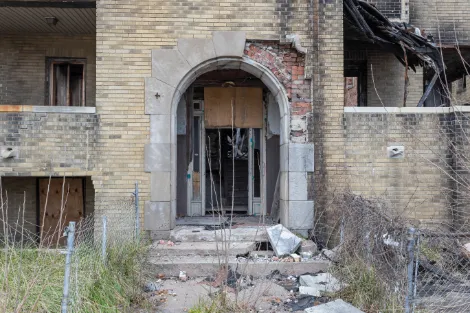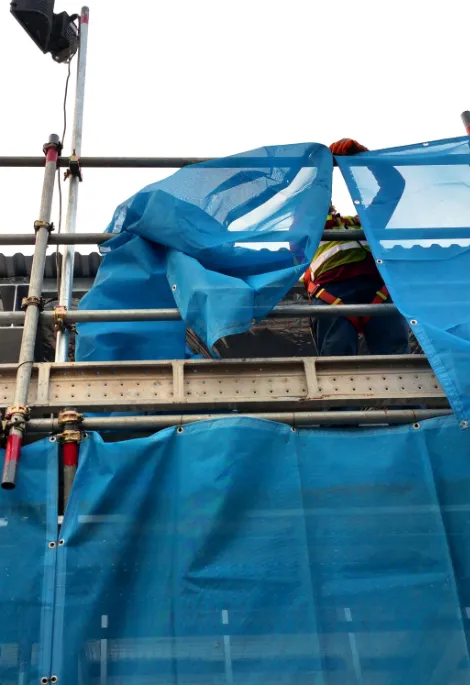What’s the Difference in Debris? An Ultimate Guide

Debris netting is common on construction sites to secure the sides of buildings. This mechanism prevents objects from falling several feet and injuring an individual. Being struck by a falling object accounts for 10% of workplace deaths.
A World Without Debris Netting
- Without debris netting, many more accidents and injuries would occur. Pedestrians and construction workers are at risk for injury without the proper prevention.
- Product loss would be at an all time high.
- Productivity on construction sites would be minimal-they would be more difficult to navigate.
- Contamination of debris on the streets could be a tripping and safety hazard.
Debris Netting: Guide
There are two effective types of debris netting for any practical setting. A fine mesh with a 1/16 inch opening can prevent small debris from falling. A mesh with a 1/4 inch opening ensures that larger pieces of debris do not fall. Both sizes meet NFPA 701 Method II and Boston Fire Marshall fire retardant standards.
Debris netting consists of high density polyethylene and can withstand falling materials. There are many different uses for debris netting. Whenever used as a panel on the side of a building, this netting can act as a barrier to prevent debris from falling. Whenever paired with fall safety netting, debris prevents products and tools from falling.
- Popular among construction sites, debris netting saves lives whenever installed.
- Given its lightweight structure, debris netting is flexible even in cold weather.
- For larger structures requiring more coverage, debris netting rolls are a practical solution.









